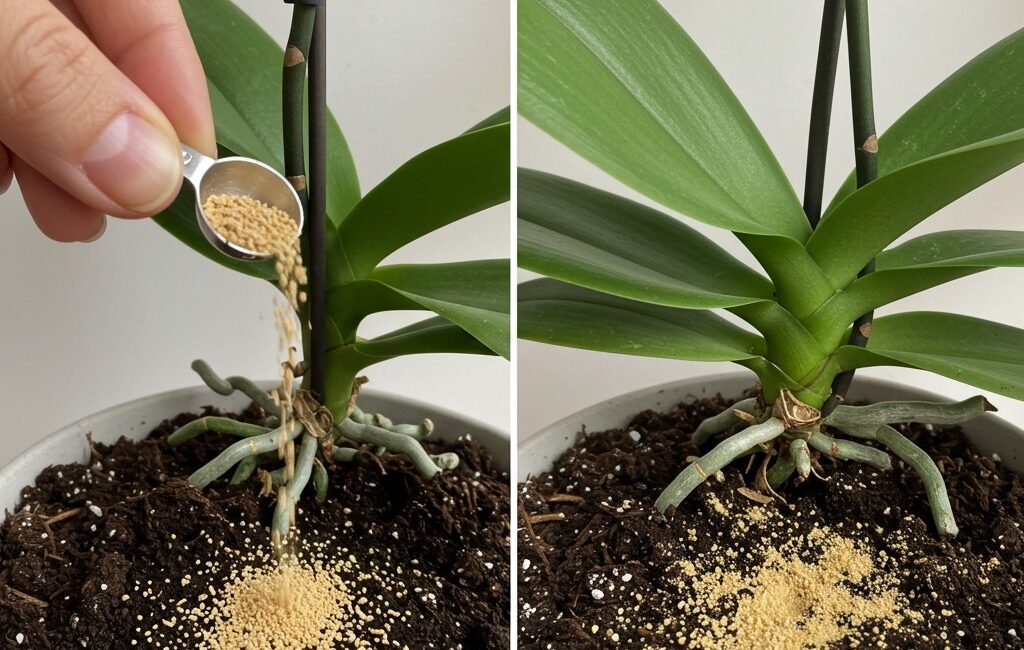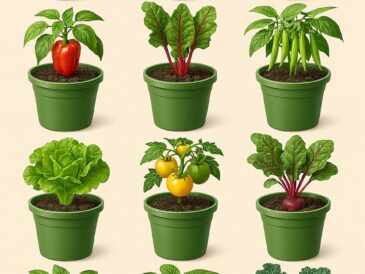Orchids are among the most exquisite and beloved flowering plants worldwide. Their elegant blooms and exotic appearance make them a favorite for indoor gardeners, florists, and horticultural enthusiasts. However, many struggle to keep orchids healthy and blooming consistently. What if you could sprinkle just one teaspoon of a simple ingredient or apply a technique that would trigger your orchid to grow an impressive number of roots—1001 roots—and bloom abundantly like never before?
This article delves deep into the fascinating world of orchids, exploring the mechanisms behind root development, blooming, and how a tiny amount of a special solution or practice can revolutionize your orchid care routine.
Understanding Orchid Biology: Roots and Blooms
The Role of Roots in Orchid Health
Orchid roots are not just anchors; they are vital organs responsible for water absorption, nutrient uptake, and storage. Unlike terrestrial plants, many orchids are epiphytes, meaning they grow on trees or rocks rather than soil. Their roots are exposed to air and often covered by a special tissue called velamen, which helps in moisture absorption.
Healthy root systems are crucial to support the orchid’s needs, especially to produce stunning flowers. More roots mean better absorption of nutrients and water, directly correlating to the plant’s vitality and blooming capacity.
Orchid Blooming Cycle
Orchids typically bloom once or twice a year depending on the species. Flowering is influenced by factors such as light exposure, temperature fluctuations, humidity, and nutrition. However, stimulating orchids to bloom more frequently and produce larger, more abundant flowers is a coveted goal for many orchid lovers.
The Myth or Miracle of “One Teaspoon”: What Could It Be?
When we hear about sprinkling “one teaspoon” that leads to 1001 roots and abundant blooms, it sparks curiosity. While the phrase might be sensational, it points towards a real horticultural practice or product that dramatically boosts orchid growth. Here are some possible explanations:
1. Hormonal Rooting Stimulants (Auxins)
Auxins are plant hormones responsible for root initiation and development. Applying a small amount of rooting hormone powder or solution can stimulate orchids to produce new roots rapidly.
- Indole-3-butyric acid (IBA) and Naphthaleneacetic acid (NAA) are common rooting hormones.
- Used correctly, they encourage root formation without harming the plant.
- Often, only a tiny amount—sometimes just a teaspoon in diluted solution—is needed.
2. Organic Fertilizers Rich in Phosphorus and Potassium
Phosphorus (P) and Potassium (K) play essential roles in root growth and flowering.
- A teaspoon of a high-quality organic fertilizer or compost tea containing these nutrients can kickstart root proliferation.
- Products like bone meal, fish emulsion, or seaweed extracts are often applied in small doses.
- These nutrients support both robust root development and abundant flowering.
3. Mycorrhizal Fungi Inoculants
Mycorrhizal fungi form symbiotic relationships with orchid roots, improving nutrient uptake.
- A teaspoon of powdered or liquid mycorrhizal inoculant added to the orchid potting medium can increase root growth dramatically.
- Fungi enhance the plant’s ability to absorb phosphorus and other minerals, promoting healthier roots and more blooms.
4. Homemade Herbal or Natural Solutions
Traditional gardeners sometimes use herbal teas or natural concoctions.
- For instance, a teaspoon of aloe vera gel, diluted cinnamon powder, or diluted willow water can act as rooting stimulants.
- Such natural treatments are gaining popularity for their gentle, chemical-free effects.
Step-by-Step Guide: How to Use “One Teaspoon” to Stimulate Orchid Roots and Blooms
Click page 2 for more




